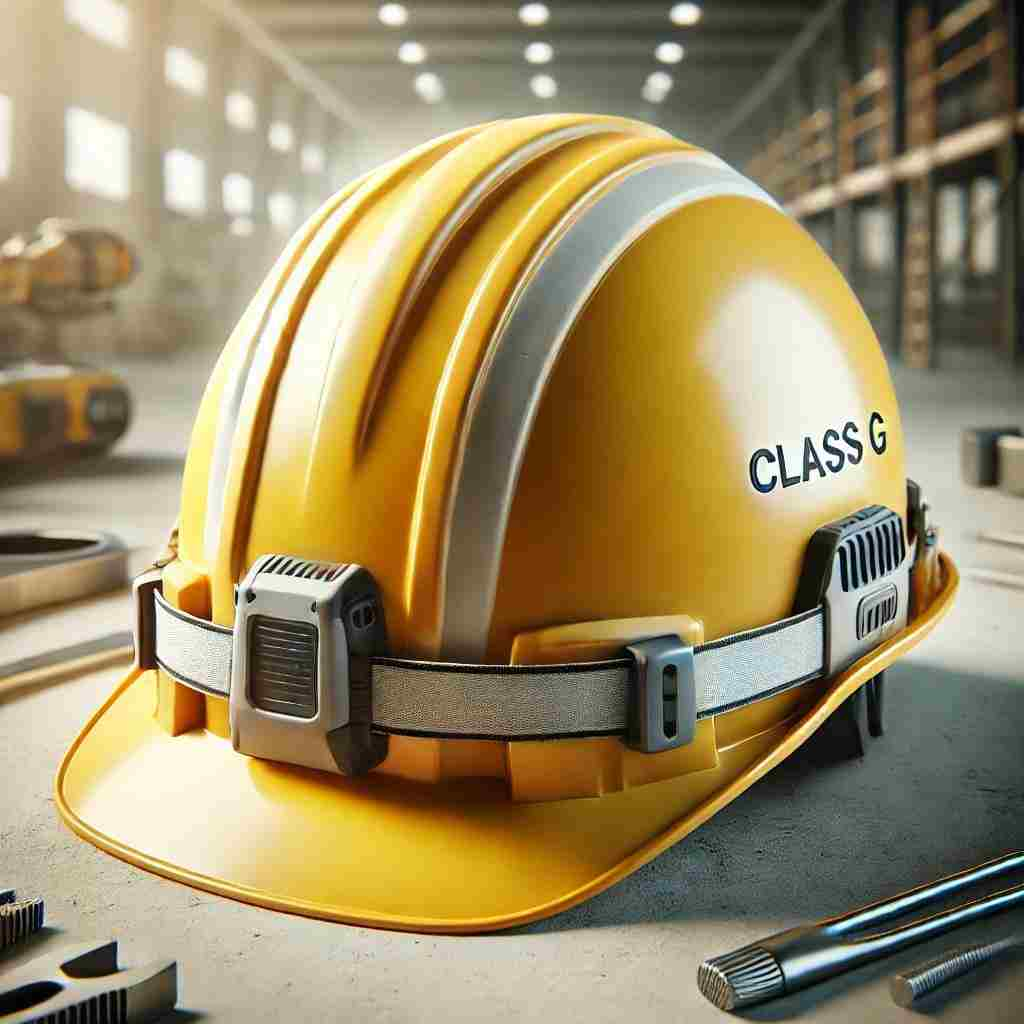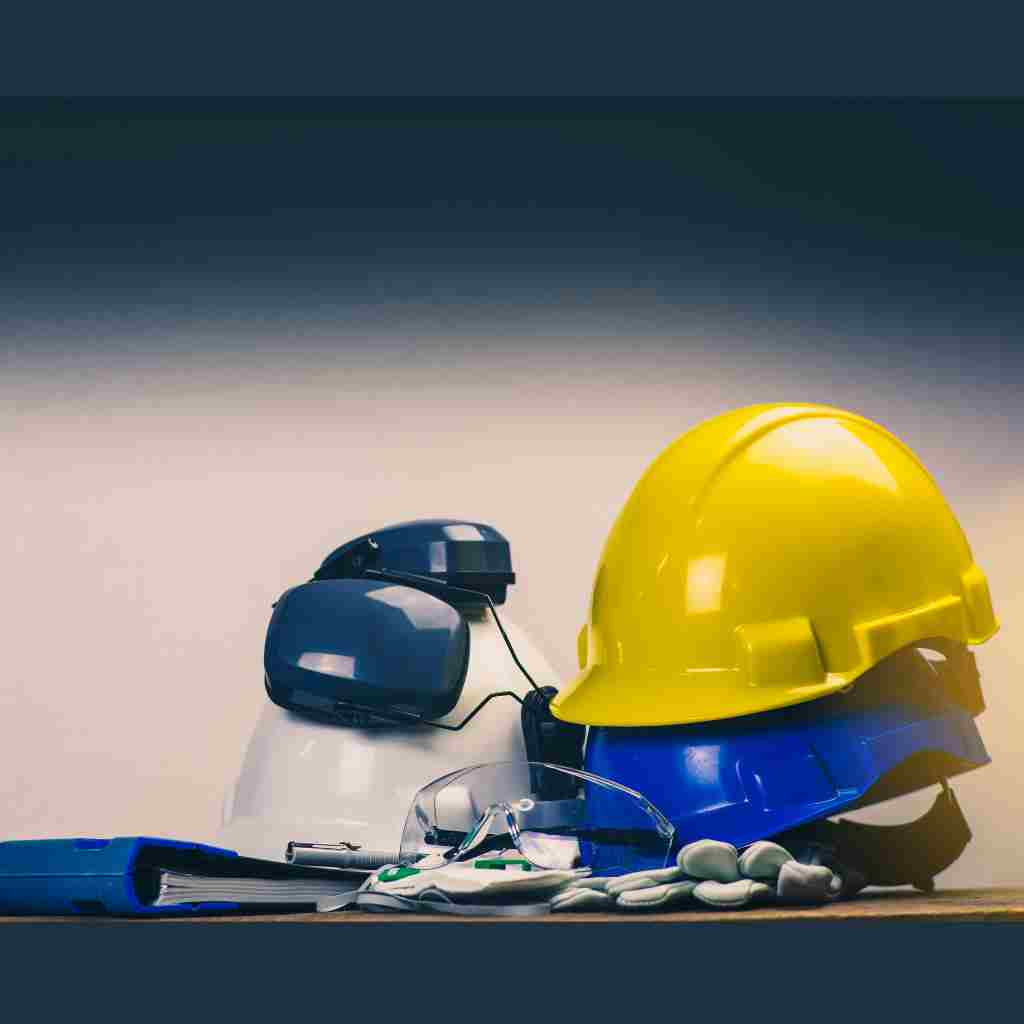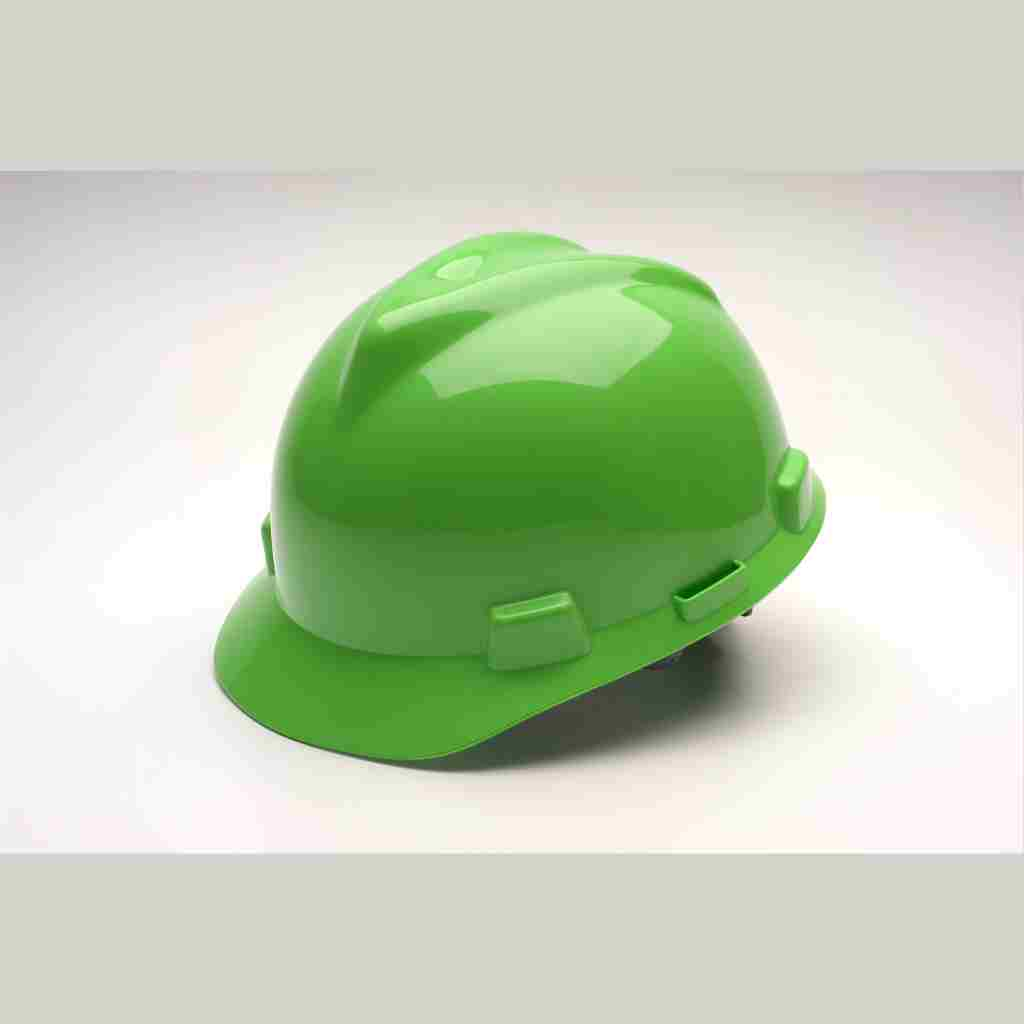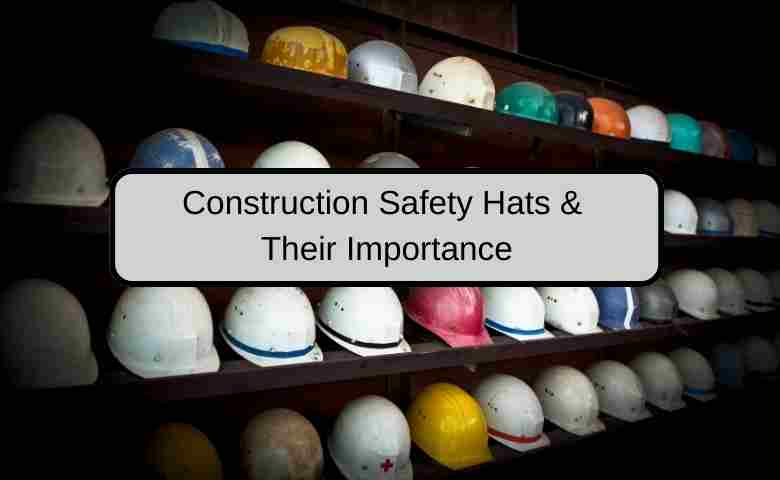Last Updated on August 22, 2024 by Admin
Construction sites are inherently hazardous environments, with workers exposed to various risks daily. From falling debris to electrical hazards, the need for proper safety gear cannot be overstated. Among the essential protective equipment, the construction safety hat stands out as a critical component. This post delves into everything you need to know about construction safety hats, from their importance and types to choosing the right one for your job site.
Table of Contents
Why Are Construction Safety Hats Essential?
Construction safety hats, often referred to as hard hats, are designed to protect workers from head injuries that may result from falling objects, electrical shocks, or impacts with other hazards on the job site. The Occupational Safety and Health Administration (OSHA) mandates the use of safety hats in specific work environments to minimize the risk of head injuries, which can be life-threatening or result in long-term disability.
Key Benefits of Wearing a Construction Safety Hat:
- Head Protection: Shields the skull from impact and penetration injuries.
- Electrical Safety: Some hard hats are designed to protect against electrical shock.
- Visibility: Bright colors and reflective materials enhance visibility on busy construction sites, reducing the risk of accidents.
- Compliance: Wearing a safety hat ensures compliance with OSHA regulations, avoiding potential fines and legal issues.
Types of Construction Safety Hats
Understanding the different types of construction safety hats is crucial in choosing the right protection for specific job site conditions. The main types include:
1. Class G (General) Hard Hats

Class G hard hats are designed primarily for impact protection and offer limited electrical protection (up to 2,200 volts). They are widely used in construction sites where the risk of falling objects is prevalent, but the electrical hazard is minimal.
2. Class E (Electrical) Hard Hats

Class E hard hats provide the highest level of electrical protection, up to 20,000 volts. These are essential in environments where workers are exposed to high-voltage equipment, such as electricians or those working near power lines.
3. Class C (Conductive) Hard Hats

Class C hard hats offer lightweight protection from impact but do not provide any electrical insulation. They are typically used in environments where electrical hazards are not a concern, such as construction sites focused on roofing or other non-electrical work.
4. Full-Brim vs. Cap Style
- Full-Brim Hard Hats: These provide additional protection against UV rays, rain, and falling objects from all directions. They are ideal for outdoor construction sites.
- Cap Style Hard Hats: More compact and often preferred for indoor use or in areas with confined spaces.
How to Choose the Right Construction Safety Hat
Selecting the appropriate construction safety hat involves considering several factors to ensure optimal protection and comfort.
1. Work Environment
Assess the specific risks associated with your job site. For instance, if electrical hazards are present, a Class E hard hat is mandatory.
2. Fit and Comfort
A poorly fitted safety hat can lead to discomfort and may even become a safety hazard. Ensure the hat fits snugly and allows for adjustable suspension to accommodate various head sizes.
3. Material
Most hard hats are made from high-density polyethylene (HDPE) or fiberglass, providing durability and resistance to impact. Some advanced models may incorporate additional materials for enhanced protection against specific hazards like chemicals.
4. Additional Features
Consider features such as built-in visors, reflective strips, or ventilation holes for added comfort and safety.
Maintaining Your Construction Safety Hat
To ensure your construction safety hat continues to provide effective protection, it’s essential to maintain it properly.
1. Regular Inspections
Inspect your hard hat regularly for signs of wear and tear, such as cracks, dents, or faded coloring, which can indicate compromised protection.
2. Proper Storage
Store your safety hat in a cool, dry place away from direct sunlight or chemicals that could degrade the materials.
3. Replacement
Replace your safety hat every five years or sooner if it shows signs of significant damage. Remember, safety is paramount, and an old or damaged hat may not provide adequate protection.
Conclusion: Prioritizing Safety with the Right Hard Hat
The construction safety hat is more than just a piece of gear—it’s a critical line of defense against workplace injuries. By understanding the different types, features, and maintenance practices, you can ensure that you or your team are adequately protected on the job site. Remember, safety should never be compromised, and investing in the right protective equipment is an investment in the well-being of every worker.
Related Posts:
- Importance of Construction Safety Management
- Maximizing Safety in Construction Management
- 12 Areas of Risk Management in Construction
- Construction Safety Jobs: Ensuring Site Safety
- Construction Safety Manager Job description and Salary details


